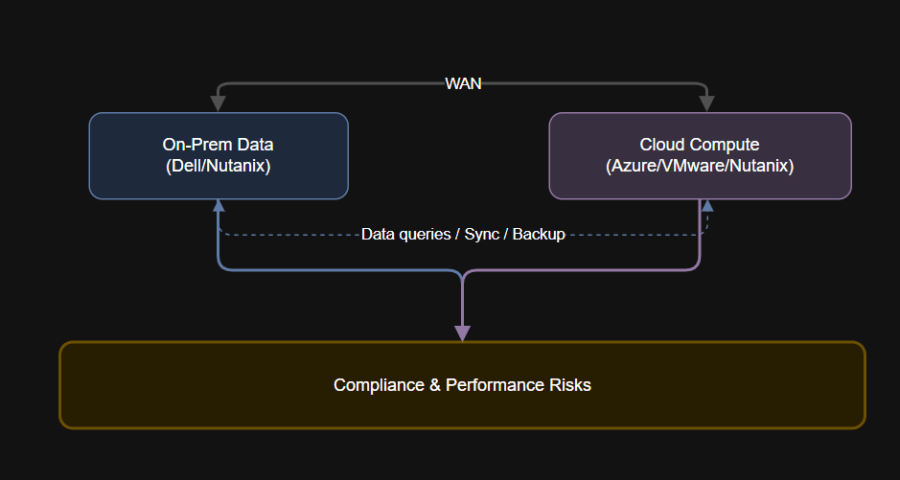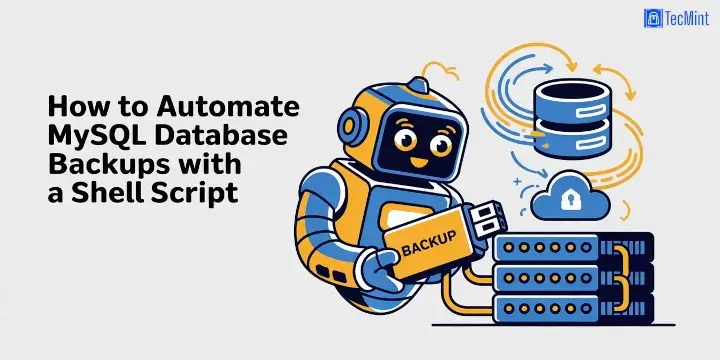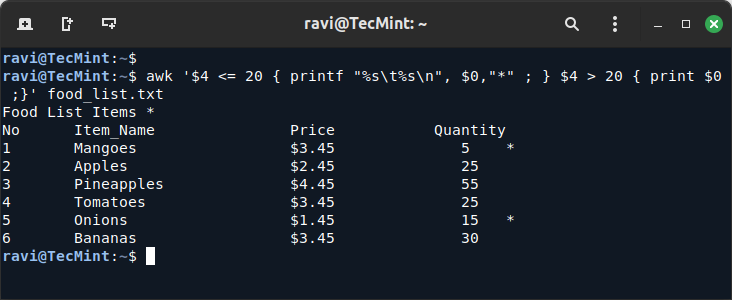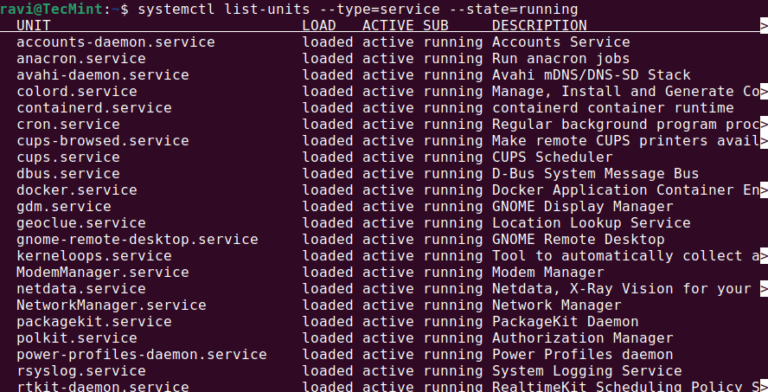Introduction: What Is Data Gravity?
Data gravity is a defining factor in successful cloud migration and ongoing hybrid cloud operations. Its effects reach beyond technical latency into compliance, cost, and strategic planning. By understanding and proactively addressing data gravity, IT leaders and architects can design resilient, high-performance architectures that comply with global regulations and business objectives. The key is to bring compute closer to your data, plan migrations with both technical and legal realities in mind, and leverage the right tools from your chosen vendor ecosystem.
Why Data Gravity Matters in Cloud Migrations
Data located far from compute resources can create significant latency, causing slow response times, lower throughput, and higher cloud egress costs. For example, migrating analytics workloads from a local VMware environment to Azure or Nutanix without careful planning can result in poor performance, especially if the bulk of data remains on-premises.
Performance Impacts: Latency, Throughput, and Cost
Scenario:
A retail company migrates its e-commerce analytics platform from a Dell-based private cloud to Azure, but retains its customer database on-premises for compliance reasons. Application latency jumps from 20ms to 120ms post-migration. Investigation reveals that frequent data queries from cloud VMs to on-prem storage are the culprit, a classic data gravity bottleneck.
Diagram: Data Gravity in Hybrid Cloud

As enterprises move workloads from on-premises to cloud or between clouds, the inertia of large datasets becomes a key architectural consideration. Transferring massive volumes over WAN links can introduce cost overruns, impact user experience, and even jeopardize migration timelines. The closer your compute and applications are to your data, the better the performance and lower the latency.
Compliance and Regulatory Pressures
Data gravity is not only a technical concern but also a legal one. Regulatory frameworks (GDPR, HIPAA, CCPA) may require sensitive data to remain in specific jurisdictions. Enterprises must design migration strategies that respect both data residency and sovereignty laws. Failure to do so can result in fines, brand damage, or loss of customer trust.
Vendor Perspectives: Microsoft, VMware, Nutanix, Dell
- Microsoft Azure: Offers a range of region-specific storage and compliance options, including confidential computing and hybrid Azure Arc deployments.
- VMware: Enables hybrid flexibility through VMware Cloud Foundation and tools like vMotion and HCX, but large data sets still need smart placement.
- Nutanix: Nutanix clusters support data locality by keeping compute close to storage and offering tools for planned migrations.
- Dell: Dell APEX and PowerScale enable on-prem, hybrid, and multi-cloud storage with compliance-aware tiering.
Case Study: Latency Bottlenecks in Hybrid Deployments
Diagram Description:
On-premises storage interacts over WAN with cloud compute resources. Data queries and syncs travel back and forth, introducing latency and compliance risk. Performance bottlenecks are most severe when compute and data are separated across locations.
Strategies for Mitigating Data Gravity
- Staging Data Transfers: Move high-usage datasets in advance to minimize round trips.
- Hybrid Caching: Use caching appliances or Azure File Sync to keep frequently accessed data local to the cloud.
- Data Segmentation: Only move the data needed for specific workloads; keep archival or compliance data on-premises.
- Multi-Cloud Planning: Consider workload placement based on both technical and regulatory needs, not just cost.
- Vendor Tooling: Use Nutanix Move, VMware HCX, and Dell Cloud Mobility to orchestrate compliant, performant migrations.
Summary Table: Effects of Data Gravity Across Platforms
| Platform | Native Tools | Data Gravity Handling | Compliance Support |
|---|---|---|---|
| Microsoft | Azure Migrate, Arc | Regional pairing, Azure File Sync | Azure Policy, Sovereign Cloud |
| VMware | HCX, vMotion | Locality-aware VM placement | NSX Security, DLP |
| Nutanix | Move, DRaaS | Data-local clusters | Compliance tiers |
| Dell | APEX, PowerScale | Multi-tiered storage, on-prem cloud | Compliance policies, tiering |
Actionable Recommendations
- Audit all large datasets before migration, mapping both size and access frequency.
- Work with compliance teams to identify data residency requirements.
- Use vendor-native migration tools that support hybrid placement and policy enforcement.
- Monitor post-migration performance, focusing on cross-site data calls.
- Iterate your architecture as regulatory or business needs change.
Further Reading & Resources
Conclusion
Data gravity refers to the phenomenon where large datasets attract applications, services, and workloads, making them increasingly difficult and expensive to move. In today’s hybrid and multi-cloud architectures, the physical location of data fundamentally shapes cloud adoption, performance, and regulatory compliance.




